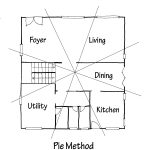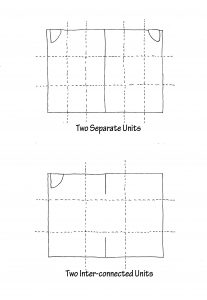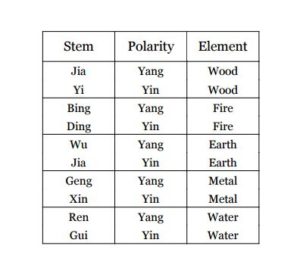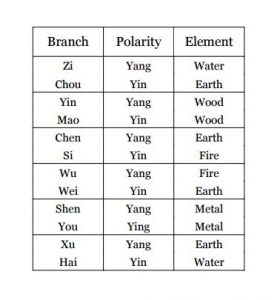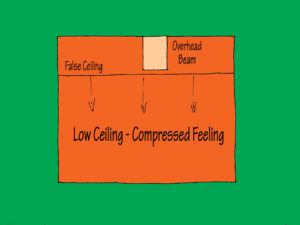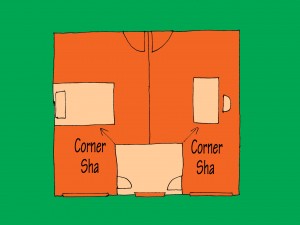To our Chinese forefathers, the Kunlun Mountains located north of the Tibetan plateau are the source from which all major mountains develop and extend. It certainly include the three major mountain ranges that runs into China from the west and reaching the oceans on the eastern coast.
The mountain ranges are broadly classified into three types depending on their distance from the Kunlun Mountains. The ones that lies close to the Kunlun are called remote ancestors mountain. The ones located close to the ocean are known as close ancestor mountains while the ones in between are known as old ancestor mountains.
Earthly qi flows from the remote ancestor mountains to the close ancestor mountain bringing along strong beneficial qi. According to Feng Shui theory, the closer you are to the source i.e. the Kunlun Mountains, the older the mountain and the weaker the qi. On the other hand the further you are are away from the Kunlun, the newer the mountain and stronger the qi. This is why you hardly have any prominent figures coming from the Kunlun. Instead most of them have come from areas located at the end of the mountain ranges or closer to the oceans.

There are many kinds of mountains and not all of them are beneficial. If the mountains are covered with trees and grass and have water running in it, it has strong qi. If the mountain peaks are shrouded in mist or haze most of the time, this mountain must also contain plenty of earthly and heavenly qi. Mountains that are undulating and have plenty of peaks and valleys, curves and turns and are good looking have good qi. And those that run for hundreds of miles uninterrupted have plenty of powerful earthly qi.
On the other hand it the mountain is dry and bare without trees and grass or with only rocks on it, then the qi must be low. Please know that The flow of earthly qi in the mountains can also be stop by object such as mountains, body of water, highways, tunnels etc.
A mountain range is akin to a tree. There is a trunk and branches. The qi flow is strongest in the trunk while the qi in the branches. Auspicious site can be found on both the trunk sites or branch sites but the ones on the trunk site are more powerful. It fact so strong and powerful that they do not need other mountains for protection like branch sites do.
Auspicious sites are places where the earthly qi stops and accumulates. They are reservoir of strong earthly qi. We would naturally think that these are places where the mountain range ends and meet flat land. While this is true, auspicious site can also be found on relatively flat land found after descending several mountains such as a plateau in the hills. Or a highland lake up in the mountain. In fact such a lake called a Heaven Pond is highly revered. In this case, the qi stops for a while before resuming its journey. Such a configuration is known as a resting dragon.
The mountain and water features near and around the auspicious site are known as forms. Aside from carrying auspicious earthly qi, the mountains also serve to protect the qi from being blow away by strong winds while water help to accumulate qi.
While on the subject of water, Feng Shui theory prefers slow moving silent curving water. Fast moving water that flows in a straight line and noisy is not auspicious. In fact noisy rivers are called “crying red phoenix” and are believed to brings sorrowful events!
When water flows into a pond it slows downs. It also slows down when it is forced to turn. This usually happens when the flow is checked by mountains downstream or by large stones found in the path of the river. This is the main reason why it is favorable to have smaller mountains downstream of an auspicious sites. It the river is allowed to flow away from the site quickly unchecked the wealth luck of the site is lost!
Does this mean that auspicious sites are only found in or near mountains? The answer is absolutely not and in a later article, you will learn how to find Dragon Lairs or auspicious sites in flatland where there is not a mountain in site!



